Canada is blessed with incredible mountains, lush green forests, and bustling modern cities that envy every tourist and are the primary reason people settle down in this majestic country. We bring you some amazing fun facts about Canada, its existence, its culture, and many more, offering a new perspective of this magnificent North American country.
Interesting Facts About Canada
Here is a list of Unique facts about Canada that we are sure that you will be surprised to know:
Vast and huge size
Surely featured among the fun facts about Canada – A breath-taking landscape bigger than the entire European Union and the second-largest country worldwide after Russia. Quebec province itself covers an area of 1.5 million square kilometres. Due to its huge land area, you will have to visit Canada several times to cover the entire Canadian region.
The largest coastline worldwide
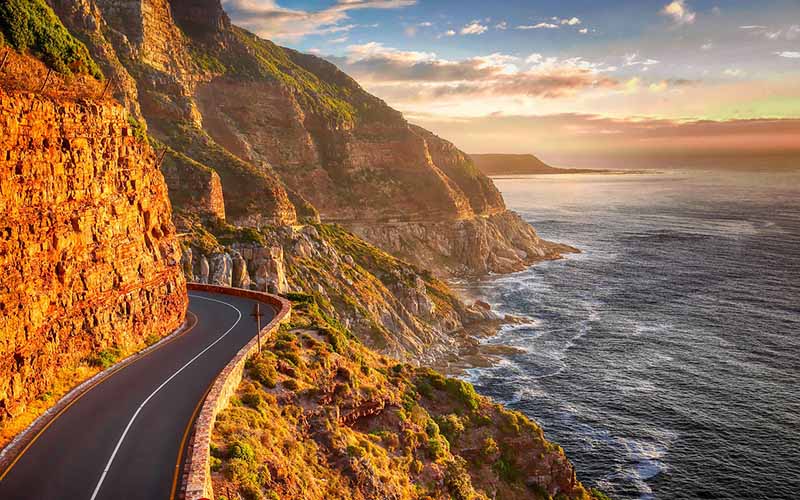
The incredible coastline of Canada spreads around 54,716 km long, across 52,455 islands. As one of the fun facts about Canada, researchers say that if you start a run at 20 km/hr, you will roughly take 33 years to cover the entire Canadian shoreline. The Atlantic, Arctic, and Pacific Oceans border the Canadian shoreline at either end.
The oldest rocks worldwide
The Canadian land is home to the oldest rocks that originated on earth. In 2001, geologists discovered some ageing rocks almost 4.28 billion years old. These bedrocks were found on the eastern Hudson Bay shore in the northern Quebec province of Canada. For all history lovers, this is an absolute delight.
Millions of Lakes
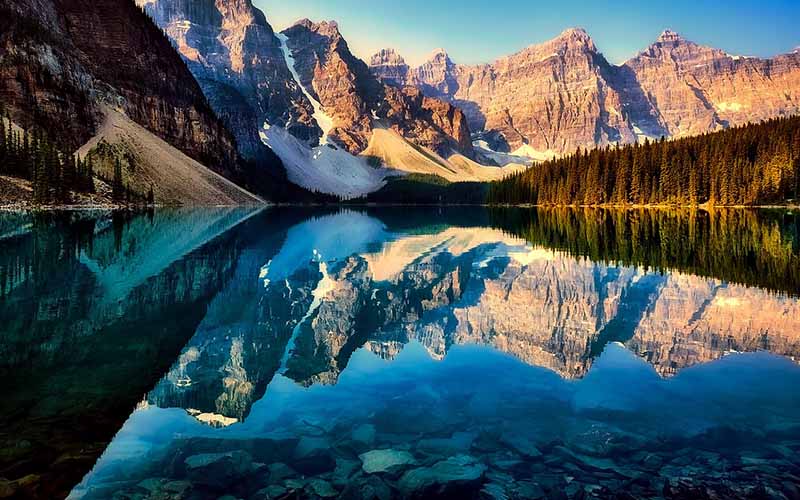
Canada houses millions of lakes, more than all the lakes in the world. As per the previous study, there were 2 million lakes here, with 563 spread more than 100 square kilometres long. Some of the largest lakes here are Lake Superior, Lake Winnipeg – the 11th largest lake globally, Lake Manitoba, Lake Winnipegosis, and Lake Huron in Ontario, and Great Bear Lake in the North-western Territories.Some of the most beautiful lakes in Canada are Lake Louise, Moraine Lake, Emerald Lake, Abraham Lake, and Peyto Lake.
Canada houses some of the largest global national parks
One fun fact about Canada that feature several times among the tourist population. Due to its majestic size, most of the national parks in Canada are humongous. Some of the biggest national parks here are Wood Buffalo National Park in Alberta and Nahanni National Park Reserve in Northwest Territories, larger than some European countries.
The largest island within an island
Canada houses an island within an island in the Arctic region that is spread over an area of four acres. Most of the island is inaccessible as it is 75 miles inland from Victoria Island and features among the top ten islands globally.
Ten per cent of the global forests
Due to its vast size and geography, Canada covers 10 per cent of the total forest cover globally. They are spread all over the Canadian geography covering an area of 396.9 million hectares of land, and other wooded lands, with over 68 per cent cedar forests.
The tallest mountain peak in Canada
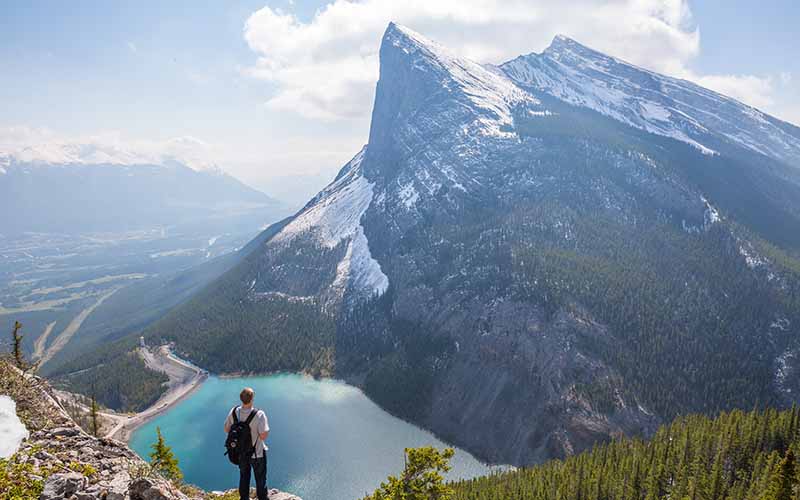
Canada’s tallest mountain, Mount Logan in the Yukon province, is 5,995 metres high and is housed in the Kluane National Park and Reserve. Named after renowned geologists William Edmon Logan, also a founding member of the Canadian Geological Survey.
North America’s only walled city
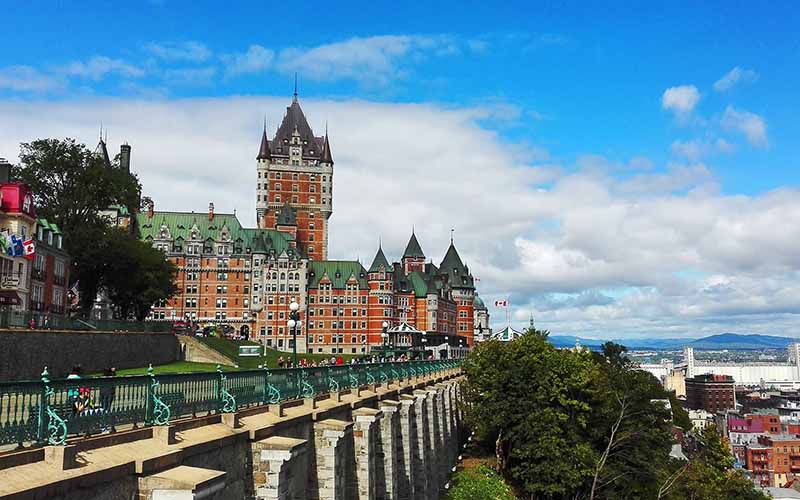
Quebec City is among the only fortified walled cities in the North American region. Canada got to thank the French and English empires in the 17th and 19th centuries for building these fortifications. The entire historic district has featured among the UNESCO World Heritage Sites. There are several awesome things to do in Quebec city and it is one of the most popular places in Canada.
A version of the Dead Sea
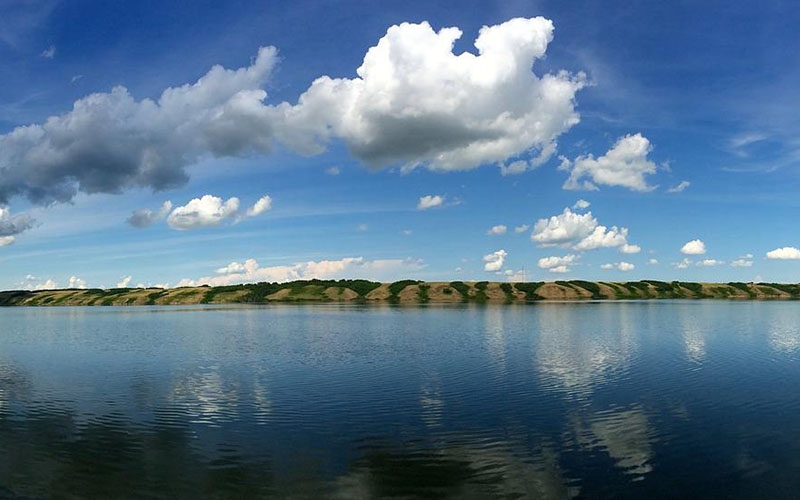
Canada also features its version of the Dead Sea with Little Manitou Lake in the Saskatchewan region. This lake is also heavily loaded with high amounts of salt. It’s fed by underground springs and is spread lavishly over 13.3 square kilometres. Researchers have estimated that the mineral salt concentrations are roughly 180,000 mg per litre, making it very buoyant.
The place has many top attractions to visit in Saskatchewan for visitors to enjoy, from the Royal Saskatchewan Museum spotlighting natural history to the expansive Grasslands National Park featuring badlands and prairie terrain. Wanuskewin Heritage Park shares Indigenous culture and history through art displays and dancing while bright yellow canola fields strip the countryside, offering scenic farmland vistas.
The largest source of freshwater globally
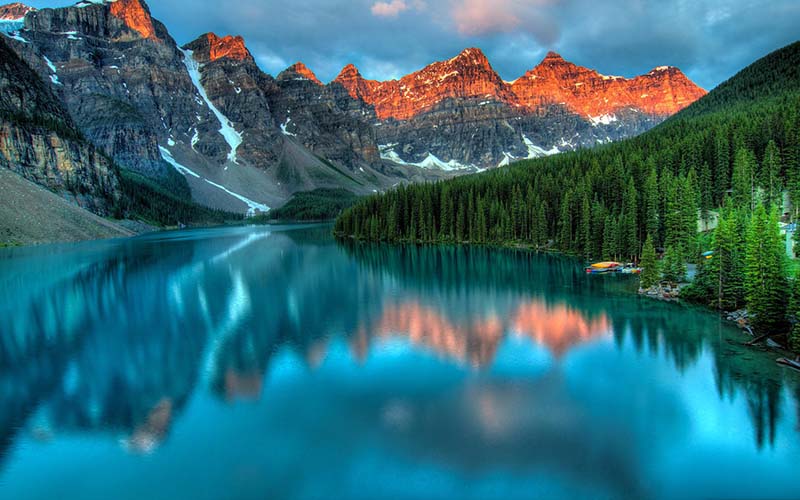
Several water sources exist in Canada. So, this one is no surprise. The Gulf of St. Lawrence is recorded among the largest and deepest estuaries globally. It originates from the Great Lakes, where freshwater lakes are interconnected and mixed with the oceanic salty water as it moves and spreads into gigantic lakes.
Spanning Canada’s diverse landscape, the nation’s most beautiful lakes invite outdoor adventure and relaxation. One of The most beautiful lakes in Canada is Emerald Lake in Yoho National Park stuns with deep green waters backed by towering evergreen forest. Lake Louise draws crowds for its Victoria Glacier vista and serene turquoise reflection of the surrounding Rocky Mountains. Lesser known Great Bear Lake offers a remote retreat with remarkably clear waters amid boreal forest in the Northwest Territories.
The strongest water current in North America
You will find it hard to ignore these fun facts about Canada. The Seymour Narrows in British Columbia feature some of the strongest tidal currents and have recorded flood speeds of 17 km/hr and ebb speeds of 18 km/hr. A great place to be for all the adrenaline junkies looking for some nerve-wracking moments and activities.
Six cities house 1+ million residents
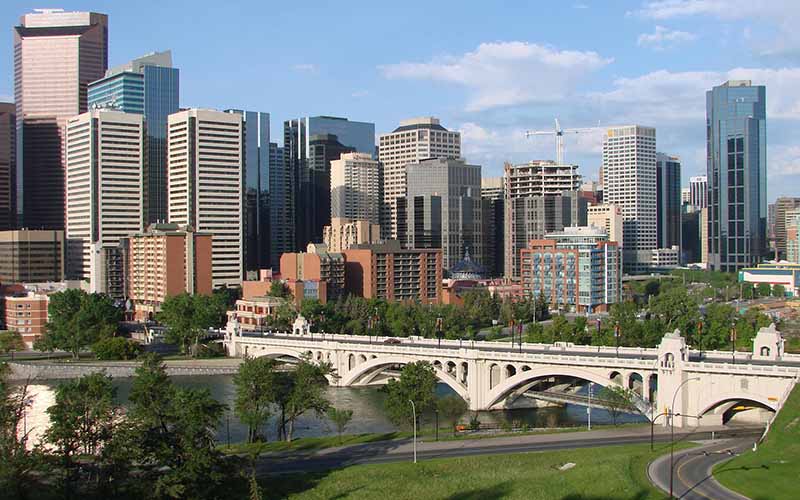
Six cities in Canada – Edmonton, Calgary, Montreal, Ottawa, Toronto, and Vancouver- have more than 1+ million residents. Toronto, Montreal, and Vancouver occupy the top three positions, respectively. However, although the resident population is more than 1 million, Canada has the lowest population density at almost 3.9 people per square kilometer.
If you want to discover Canada’s art and cultural scenario, look no further than the country’s vibrant creative havens. Quebec City enchants as a haven for music, art galleries, and French cuisine infused with old town European flair. Montreal dazzles the senses with dynamic festivals, legendary jazz clubs, street art alleys and more. Vancouver also harbors thriving multicultural creative scenes woven throughout its neighborhoods, while Toronto contains it all as an international cultural powerhouse.
Extremely harsh winters
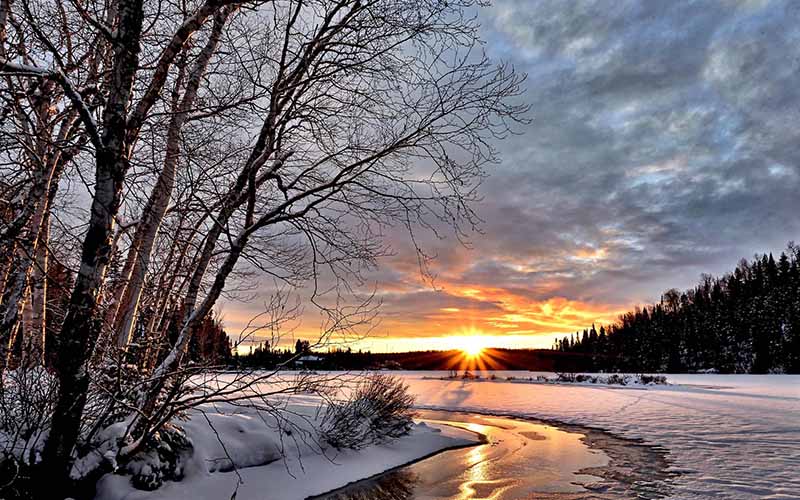
When looking for top places to visit Canada during winter season, the opportunities are abundant. Revel in Whistler Blackcomb’s legendary ski slopes, go dog-sledding through snow-covered forests near Banff, or ice skate on one of Ottawa’s frozen canals. Quebec City’s historic streets become a winter fairy tale perfect for walking, while Lake Louise glistens surrounded by frosted Rocky Mountain peaks. The winter season transforms Canada into a magical wonderland.
The winters in Canada are very harsh and are equivalent to the temperatures on Mars. For example, the average low January temperature in Ottawa touches -14.4oC. However, in 1947, Yukon recorded a temperature of -63oC, the average temperature found on Mars. You will surely receive shivers reading this itself. Due to the extreme temperatures, Canada has a very small population density.
Enough oil reserves greater than Russia
Well! This one would have caught you off guard. But this is true. Canada has 176.8 billion oil reserves that account for 70.8 per cent of the global oil reserves, almost six times that of Russia and four times that of Kazakhstan.
When did Canada come into existence?
The existence of Canada dates to 1867, when the Canadian Republic came into existence. Although there were no official confirmations or celebrations in the first 12 years of its existence, many don’t agree that Canada is almost 154 years old.
Canadian history
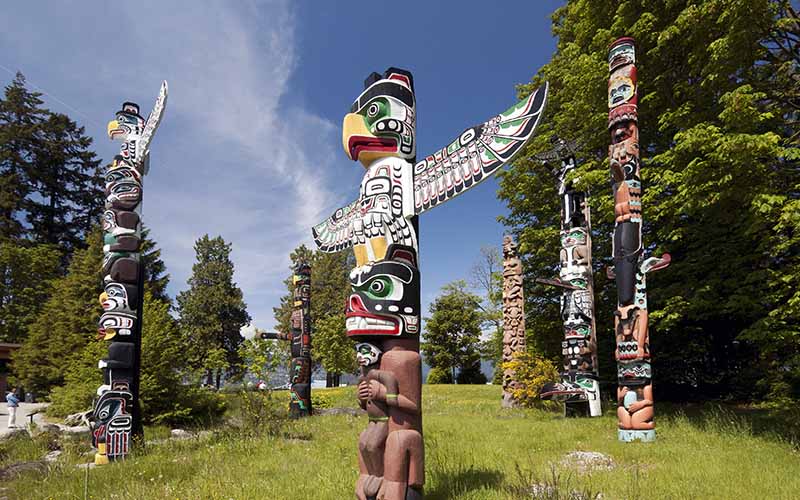
Canada has a very diverse population; hence, there is no single culture that is eminent throughout the country, although it is heavily influenced by its neighbour, the United States of America. However, some distinct flavours and influences sum up the Canadian culture. The top five things that form the core and define the Canadian culture are polite and friendly, multicultural and nationalist, Canadian cuisine, respect for the indigenous, and Everyone matters.
Conclusion
Canada’s vast and varied geography harbors many superlatives – oldest rocks, largest coastline, most lakes, towering peaks and more. This ancient and abundant land shaped a culture that values diversity, politeness and community.
With endless natural wonders to explore in its forests, mountains, lakes and rugged coasts that would take a lifetime to discover, Canada offers uniquely grand adventures. So come experience its beauty yourself and see what amazing facts you can uncover about this majestic northern nation.
FAQ’s